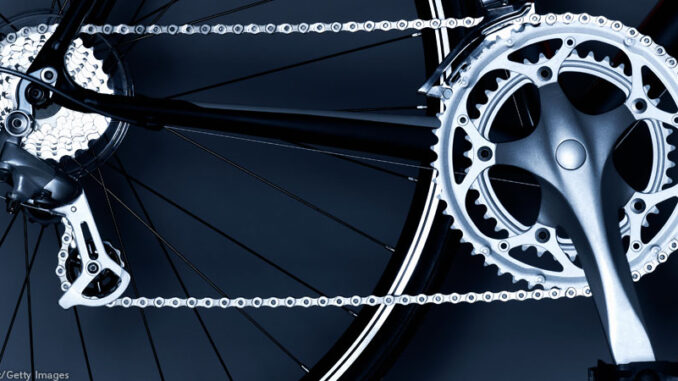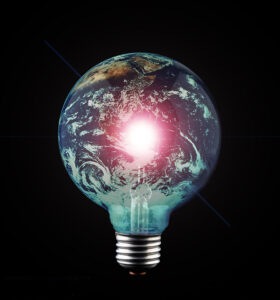
First Aid for New Health Care System
Now that it’s up and running again, the most recent challenge facing the U.S. government is rolling out the new health care system created by the Obama administration. To make sure all citizens who were eligible have access to health insurance, the government set up a website called an “exchange” at www.healthcare.gov. On that site, people can investigate and purchase different types of insurance for themselves and their families. At least that was the plan. Beginning October 1, the first day it was operational, the site has been overwhelmed with visitors and plagued with technical problems. The main issues are very long wait times and flaws in the software and system designs that are making it difficult for people to create accounts.
Critics of the major health care initiative have been vocal in their disappointment. Some of the new law’s opponents have asked President Obama to delay the implementation of the effort. In response, the president made a public speech to address what his administration would do to fix the problems. The Department of Health and Human Services, the government agency that runs Healthcare.gov, announced that it was launching a “tech surge” to solve the technical issues. Executives from the country’s major health insurance companies have also joined forces to create technical teams to help fix the problems on the website and ensure it runs smoothly.
Dig Deeper President Obama reminded the American people that “the Affordable Care Act is not just a website,” providing those who already have insurance with additional benefits and protections. Find two examples of the effects of Obamacare (positive or negative) and compare with your classmates.
Japan is Going with the Wind

Around thirty percent of Japan’s energy currently comes from nuclear power plants. The major tsunami off the coast of Tokohu in March 2011 badly damaged the Fukushima I Nuclear Power Plant, causing major equipment failures and the release of radioactive materials into the environment. It is considered the largest nuclear disaster since Chernobyl. Because of ongoing problems all 50 nuclear power plants throughout the country are currently closed for inspection. In response, the Japanese government is investing in renewable energy alternatives by building three wind turbines.
The 350-foot tall windmills will be “float” on giant platforms anchored to the seabed. This allows for them to change direction in response to the direction of the wind. The goal is for Japan to install 140 of the turbines by the year 2020, which officials say will generate the power equivalent to one nuclear reactor. A major advantage Japan has over other countries is its vast coastline, which allows space for many windmills.
Not everyone is excited about the new effort. Fisherman and nearby residents feel they will cause too many disruptions to their waters. Cost is another concern. It is estimated that the three turbines now in production will cost $226 million. This is about 8 times more than building these turbines on land. Despite the unknowns, this is a major step for Japan. It fits into Prime Minister Shinzo Abe’s desire to make renewable energy a part of his economic growth program.
Dig Deeper Look into how other countries (like Norway and Portugal) are also building new wind-farms. Compare their successes and challenges to those of Japan.
Bikes Outselling Cars in European Cities
Europe has long had a love affair with the bicycle. With the cost of driving cars risiing (not to mention continual maintenance and insurance), it is not surprising to learn that in 2012 bicycles outsold cars in 25 of the 27 countries of the European Union. Even in the United States, where we love our cars, bicycling as a mode of transportation (and not just recreation) is on the rise. Many large cities have made modifications in their streets to become more bike-friendly. While a major reason for the switch to bikes is the effects of the world-wide recession, another is a fundamental shift in how younger generations view car ownership. A recent study by the Frontier Research Group found that younger people have different “transportation priorities and preferences” than their parents.
To help accommodate the growing interest in cycling, companies like Alta Bicycle Share have launched programs in cities all over the world that offer rental bikes in their urban areas. The goal is to provide an affordable transportation option for it citizens.
What Do You Think? Do you have a car? If not, how interested are you in having one? Do you have a bike? How often do you use it and why (for recreation or as transportation from one place to another?)
